When your car’s suspension starts to falter, every bump, dip, and turn on the road becomes a reminder that something’s not quite right. Suspension repair is often an unexpected expense that can leave many drivers wondering: how much will it actually cost to fix? From the subtle signs of wear to sudden mechanical failures, understanding the factors that influence suspension repair costs can help you prepare both your vehicle and your budget. In this article, we’ll explore the ins and outs of suspension repairs, breaking down what affects pricing and what you can expect when you bring your car in for service.
Table of Contents
- Understanding Common Suspension Issues and Their Repair Needs
- Breaking Down the Factors That Influence Suspension Repair Costs
- The Role of Parts Quality in Suspension Repair Expenses
- Comparing DIY Suspension Fixes to Professional Services
- How to Choose the Right Auto Shop for Cost-Effective Suspension Repairs
- Tips for Preventing Suspension Damage and Reducing Future Costs
- Q&A
- To Wrap It Up

Understanding Common Suspension Issues and Their Repair Needs
Suspension systems play a crucial role in ensuring a smooth and safe driving experience, yet they often go unnoticed until a problem arises. Common issues such as worn-out shocks, broken springs, and damaged control arms can lead to symptoms like excessive bouncing, uneven tire wear, and poor handling. Identifying these problems early is essential, as neglect can cause further damage to your vehicle’s alignment and tires, leading to more costly repairs down the line. Signs to watch for include:
- Uneven or rapid tire wear
- Vehicle pulling to one side
- Clunking or knocking noises over bumps
- Excessive bouncing after hitting a pothole
Repairs vary widely depending on the affected components. Replacing shocks or struts might cost less than swapping out an entire suspension assembly. Additionally, labor costs can fluctuate based on the make and model of your vehicle as well as the complexity of the repair. Consider the following rough cost estimates for typical repairs:
| Repair Type | Average Cost Range |
|---|---|
| Shock/Strut Replacement | $200 – $500 per axle |
| Spring Replacement | $300 – $700 |
| Control Arm Repair | $250 – $800 |
| Complete Suspension Overhaul | $1,000 – $2,500+ |
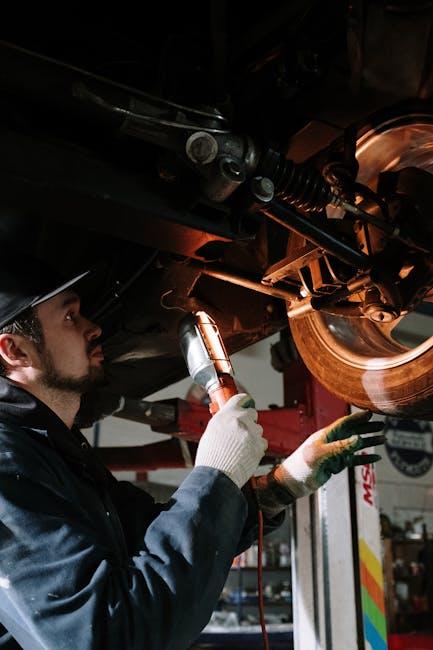
Breaking Down the Factors That Influence Suspension Repair Costs
When estimating the cost of suspension repairs, several crucial elements come into play that directly impact your final bill. Vehicle make and model is a primary consideration—luxury cars and high-performance vehicles usually require specialized parts and expertise, which tend to push the price higher. The extent of the damage also matters; minor issues like worn bushings can be relatively affordable, whereas replacing struts or control arms involves more labor and expense. Additionally, locations with higher labor rates will naturally see steeper repair costs.
Labor time is another major influencer, often dictated by the complexity of the repair. For quick fixes, such as replacing a shock absorber, you might expect a shorter appointment and lower rate. But if multiple suspension components need attention, the mechanic’s hours add up quickly. Here’s a simple breakdown of common suspension parts and their typical impact on repair cost:
| Component | Estimated Repair Cost | Labor Complexity |
|---|---|---|
| Shock Absorbers | $150 – $300 | Moderate |
| Control Arms | $200 – $450 | High |
| Ball Joints | $100 – $350 | Moderate |
| Struts | $300 – $700 | High |
Ultimately, getting an accurate cost estimate means factoring in both the parts and labor while understanding the specific needs of your vehicle’s suspension system.
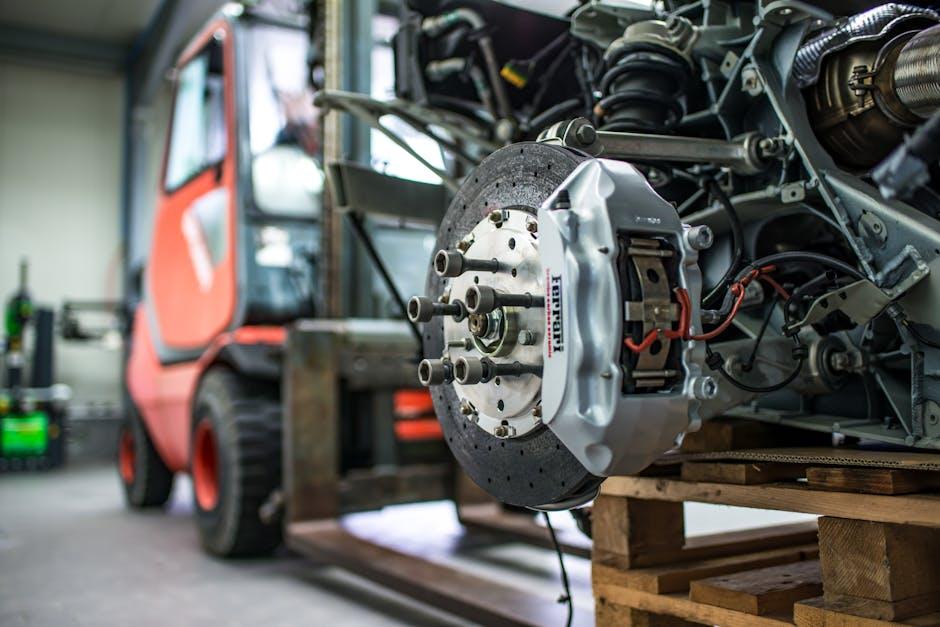
The Role of Parts Quality in Suspension Repair Expenses
The quality of parts used during suspension repairs significantly influences the overall cost. Opting for high-quality OEM (Original Equipment Manufacturer) parts can raise expenses upfront but often ensures better durability, precise fitment, and optimal vehicle performance. Conversely, aftermarket components might reduce the initial outlay but could lead to increased wear or frequent replacements, potentially driving up long-term repair costs. When weighing options, consider:
- Warranty coverage: OEM parts often come with solid manufacturer warranties providing peace of mind.
- Material strength: Quality parts resist corrosion and stress better, essential for suspension systems subject to constant movement.
- Fit and compatibility: Properly engineered parts reduce installation time and the risk of further damage.
Below is a simple comparison to visualize how parts choice can impact both cost and longevity in suspension repairs:
| Part Type | Average Cost | Expected Lifespan | Warranty |
|---|---|---|---|
| OEM Suspension Component | $250 – $400 | 5-7 years | 3-5 years |
| Aftermarket Part | $100 – $200 | 2-4 years | 1-2 years |
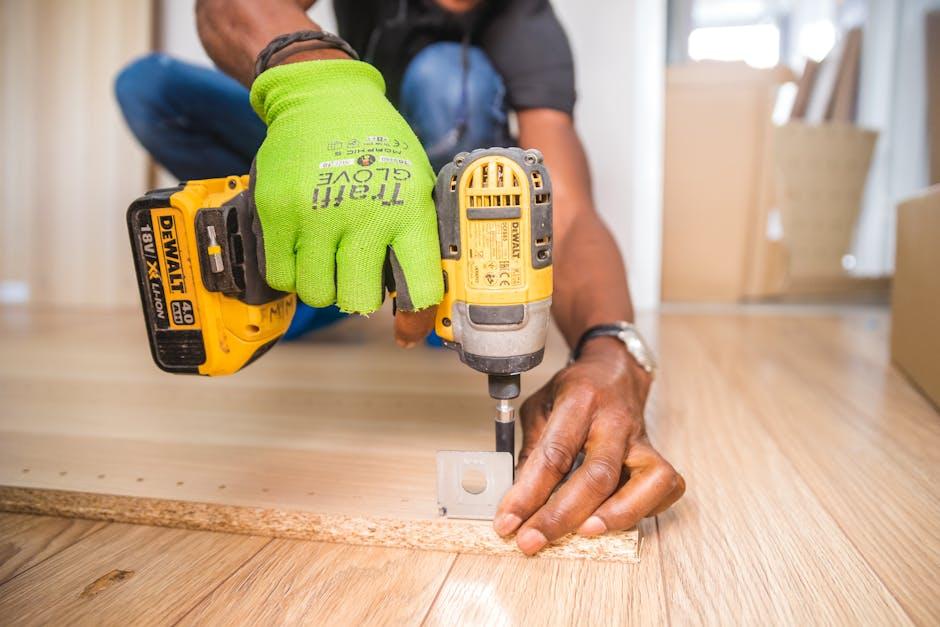
Comparing DIY Suspension Fixes to Professional Services
When weighing the choice between tackling suspension repairs yourself or entrusting the job to professionals, cost is often the main factor. DIY fixes can seem attractive because you initially save on labor fees, but the hidden expenses of specialized tools, diagnostic equipment, and potential trial-and-error can quickly add up. Additionally, without professional experience, you risk missing subtle issues or performing incomplete repairs, which might lead to more expensive problems down the road.
Professional services offer a comprehensive approach, combining expertise, accurate diagnostics, and warranty-backed repairs. While the upfront cost is higher, services typically include:
- Advanced inspection tools: Ensuring all suspension components are assessed
- Quality replacement parts: Matching OEM or high-grade aftermarket parts
- Specialized labor: Efficient repairs reducing the likelihood of repeat issues
| Aspect | DIY Repair | Professional Service |
|---|---|---|
| Cost Range | $50 – $200 (parts only) | $400 – $1,200 (parts + labor) |
| Tools Needed | Basic and specialized tools | All provided by shop |
| Repair Accuracy | Variable | Consistently reliable |
| Warranty | None | Typically included |
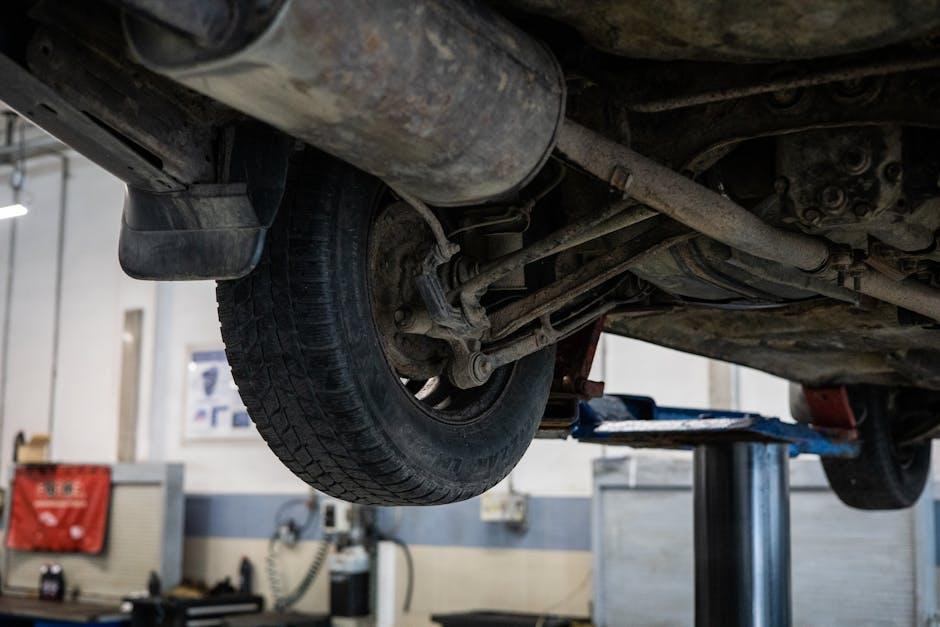
How to Choose the Right Auto Shop for Cost-Effective Suspension Repairs
Finding the perfect auto shop for suspension repairs requires more than just a quick online search. Start by prioritizing shops that specialize in suspension systems, as these professionals are likely to have the expertise and specialized tools needed for accurate diagnosis and repair. Don’t hesitate to inquire about certifications and experience—ASE-certified mechanics or shops affiliated with reputable automotive organizations often guarantee higher service standards. Word of mouth and customer reviews amplify trust, so take the time to read testimonials and ask for recommendations within your local community.
Cost-effectiveness doesn’t mean settling for the cheapest option but weighing quality against price. Look for shops offering transparent pricing with detailed estimates and clear explanations of the parts and labor involved. Consider these factors when comparing shops:
- Warranty on parts and labor
- Use of OEM vs. aftermarket components
- Availability of financing or payment plans
| Criteria | What to Look For |
|---|---|
| Certifications | ASE, Manufacturer Training |
| Pricing | Detailed Estimates, No Hidden Fees |
| Customer Reviews | Consistent Positive Feedback |

Tips for Preventing Suspension Damage and Reducing Future Costs
Maintaining your vehicle’s suspension system doesn’t have to be a daunting task, and with some simple precautions, you can extend its lifespan significantly. Regularly inspecting your tires for wear and ensuring they’re properly inflated can reduce unnecessary strain on suspension components. Avoiding potholes and rough terrain when possible is another practical step, as repeated impacts can weaken shock absorbers and struts. Additionally, stick to your manufacturer’s recommended maintenance schedule and replace worn parts promptly to prevent cascading damage.
Adopting these habits not only protects your suspension but can also save you money on costly repairs down the road. Consider applying wheel alignment checks and balancing during routine services, especially after any noticeable change in vehicle handling. Below is a quick reference table illustrating the impact of common driving habits on suspension health:
| Driving Habit | Effect on Suspension |
|---|---|
| Frequent pothole impacts | Accelerated wear on shocks and struts |
| Skipping wheel alignments | Uneven tire wear and misalignment damage |
| Ignoring tire pressure | Increased suspension stress and uneven load |
| Regular professional inspections | Early detection and cost savings |
Q&A
Q: What is suspension repair, and why might it be necessary?
A: Suspension repair involves fixing or replacing parts of a vehicle’s suspension system, such as shocks, struts, control arms, or bushings. It’s necessary when you experience issues like uneven tire wear, poor handling, or a rough ride, all signs that your suspension is struggling to keep your car stable and comfortable.
Q: How much does suspension repair typically cost?
A: Suspension repair costs can vary widely, generally ranging from $200 to $1,200 or more. Minor repairs, like replacing a shock absorber, might be on the lower end, while comprehensive repairs involving multiple parts or strut replacements could push the cost higher.
Q: What factors influence the price of suspension repairs?
A: Several factors play a role, including the make and model of your vehicle, the extent of damage, parts needed, labor costs in your area, and whether you go to a dealership, independent mechanic, or do-it-yourself.
Q: Can I avoid suspension repair costs with regular maintenance?
A: While regular maintenance like tire rotations, wheel alignments, and inspections won’t eliminate all suspension problems, they can detect issues early and extend component life, potentially saving you from costly repairs down the road.
Q: Is it worth repairing suspension issues promptly?
A: Absolutely. Delaying suspension repair can lead to more severe damage, unsafe driving conditions, and increased wear on tires and other parts, which can escalate costs and risks.
Q: How do I know if my suspension needs repair?
A: Common signs include excessive bouncing, pulling to one side, uneven tire wear, clunking noises over bumps, or a noticeable dip when you press down on the car’s hood or trunk. If you notice these, it’s wise to have a professional inspect your suspension.
Q: Are there any cheaper alternatives to suspension repair?
A: While some minor issues might be temporarily patched, cut-rate fixes often don’t address root causes and can jeopardize safety. Opting for quality repairs might cost more upfront but ensures long-term reliability.
Q: Can suspension repair affect my car’s value?
A: Yes. Maintaining a healthy suspension preserves ride quality and safety, factors highly valued by buyers. A neglected suspension can lower resale value or make selling difficult.
Q: How long does suspension repair usually take?
A: Repairs can vary from a couple of hours for simple component replacements to a full day for more complex jobs, depending on parts availability and shop workload.
Q: Should I get a second opinion or shop around for suspension repair?
A: It’s a smart move. Getting multiple estimates helps you understand costs, ensures you’re not overcharged, and finds a trustworthy mechanic experienced with suspension systems.
To Wrap It Up
In the end, understanding the cost of suspension repair is about more than just numbers—it’s an investment in safety, comfort, and the longevity of your vehicle. While prices can vary based on the extent of damage, parts, and labor, knowing what factors influence the bill empowers you to make informed decisions. So next time your car feels less steady than usual, remember: a well-maintained suspension is the unseen backbone of every smooth ride. Drive smart, stay safe, and let your wallet be ready when it’s time to give your suspension the attention it deserves.

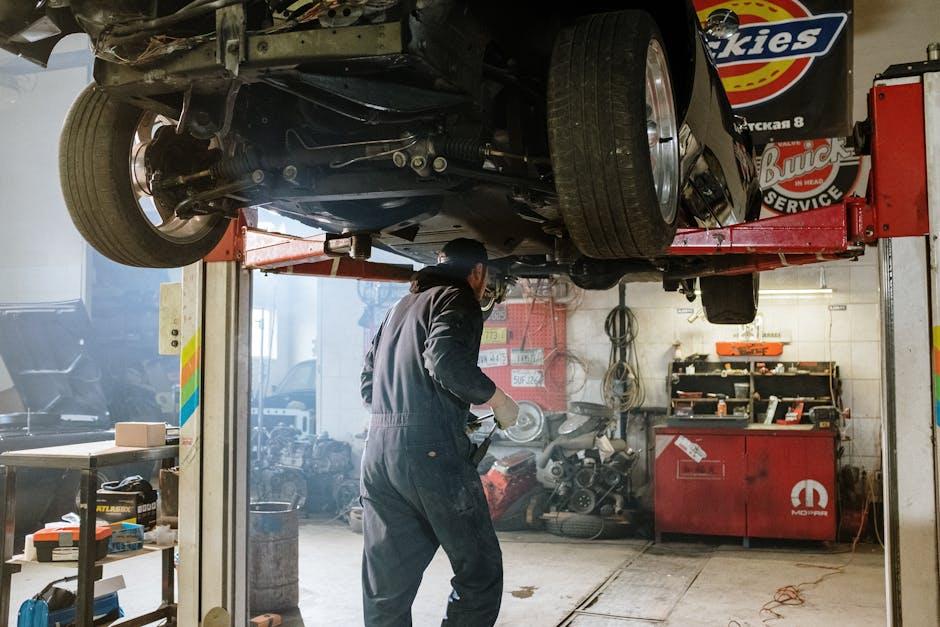
5 Comments
fpnw9y
fpnw9y
4fixli
mqavje
m92bhp